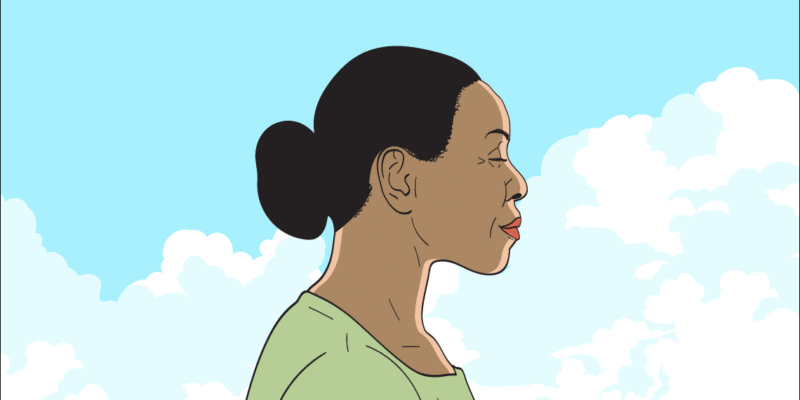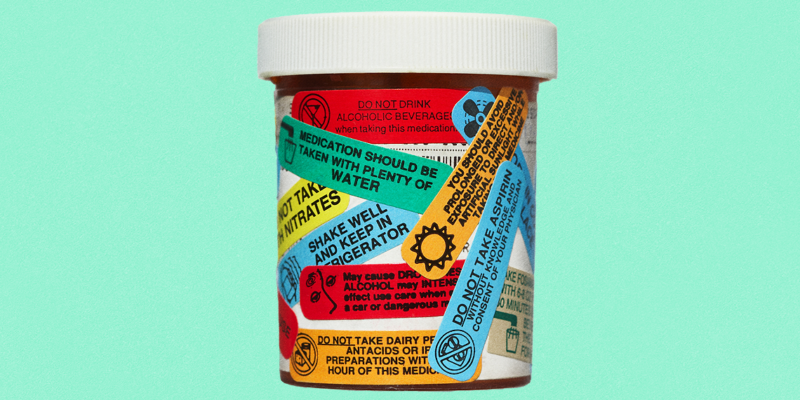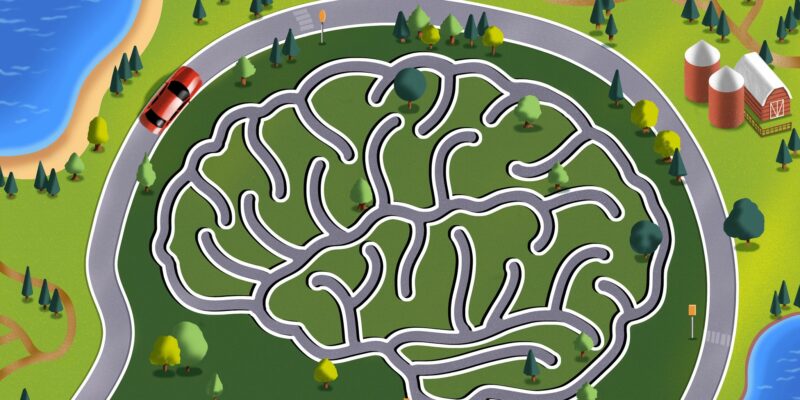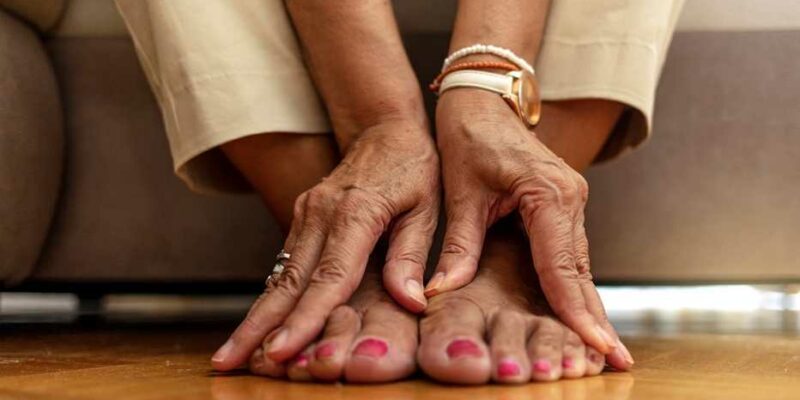Many book clubs prefer to wait for a book to come out in paperback before selecting it for a group read. Paperbacks are less expensive…
What’s the Best Social Media for Connecting With Your Kids or Grandkids?
Since your young adult, teen kid or grandchild is so often buried in a smartphone, social media might seem like the best way to check in,…
6 Science-Backed Breathing Exercises That May Lower Blood Pressure
A valuable tool to lowering high blood pressure is completely free and always with us: our breath. While it’s an essential function for life, many…
11 Medicine Mistakes to Avoid
Taking even one medication correctly and on time each day can be a challenge. In fact, research shows that as many as half of all…
Driving After a Stroke: What You Need to Know
After having multiple strokes in 2009, I recovered my ability to speak, read, write and count, but my car sat idle in the driveway for…
10 Things Your Toes Could Say About Your Health
You probably don’t think of your toes much unless someone steps on them. But your toes and toenails can tell you a lot about your…







